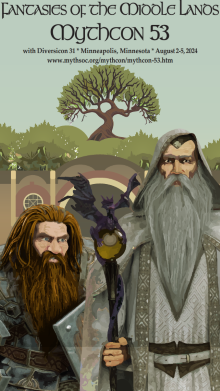Home > MYTHSOC > Mythlore > Vol. 41 (2022) > No. 1 (2022)
Abstract
Although C.S. Lewis’s Chronicles of Narnia (1950-1956) are still hugely popular today, some critics have accused the books of representing masculinity and femininity in an outmoded way. The three Walden Media films, The Lion, the Witch and the Wardrobe (2005), Prince Caspian (2008) and The Voyage of the Dawn Treader (2010), appear to adopt a more contemporary perspective, especially as far as the representation of fighting girls is concerned. While Lewis seemed slightly reluctant to show women playing an active role on the battlefield, Andrew Adamson, who directed the first two films, lets Susan, the female protagonist, fight alongside the boys and even gives her a leading role in the battle scenes of the 2008 film. However, the presence of fighting girls remains largely symbolic, because they are artificially put forward in The Lion, the Witch and the Wardrobe, and because their actions are presented in a stereotypical fashion in Prince Caspian. As for the director of the third film Michael Apted, he treats Lucy, the female protagonist who replaces her older sister Susan, in a much more egalitarian way.


